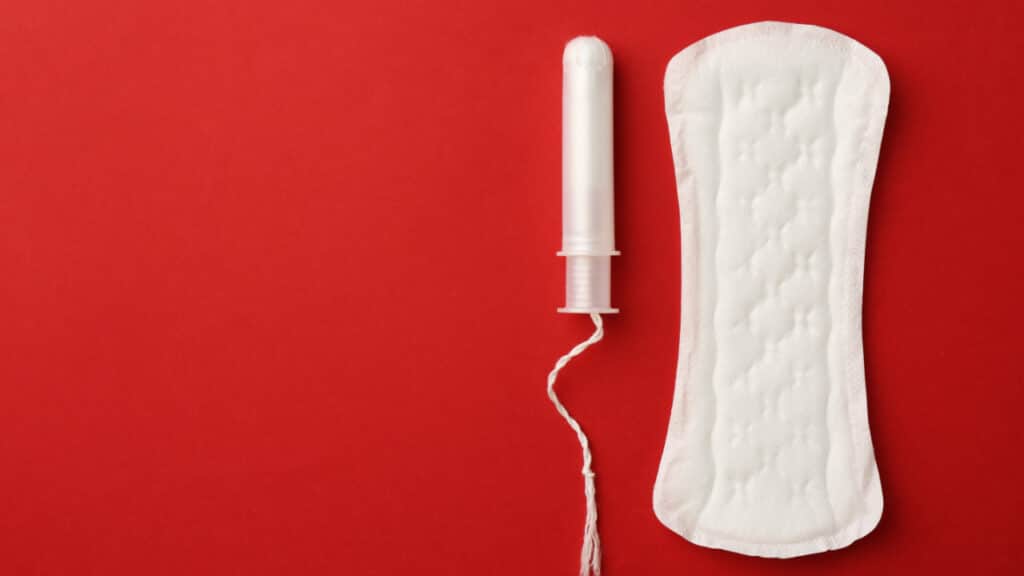The Administration Is Quietly Gutting the Largest Women’s Health Study in U.S. History
More than three decades of work, over 160,000 participants, and thousands of breakthroughs—all on the chopping block. In a move that has left scientists stunned, the Trump administration is terminating federal funding for most of the Women’s Health Initiative (WHI). The historic study reshaped our understanding of postmenopausal health.
Why the Women’s Health Initiative Mattered
Launched in 1991 by the National Institutes of Health (NIH), the WHI was established to address a significant gap in biomedical research: the health of women. At the time, most clinical studies focused on men. This left huge blind spots around how women experience chronic illness, aging, and treatments. WHI stepped in to answer questions no one had asked at scale.
According to NPR, more than 160,000 women between the ages of 50 and 79 participated in the original trials. These focused on conditions like heart disease, breast and colon cancer, osteoporosis, and later, dementia and frailty.
Some of its most influential findings changed clinical care worldwide. The WHI’s hormone therapy trial revealed that estrogen plus progestin increased risks of coronary heart disease and breast cancer. In turn, it reversed decades of medical dogma. The findings led to a shift in how menopause is treated. And have been credited with preventing more than 126,000 breast cancer cases and 76,000 cardiovascular disease cases over a decade, per the American Journal of Managed Care.
What the Funding Cuts Mean for Women’s Health Research
The Department of Health and Human Services (HHS) has ordered all four of WHI’s regional research centers—in New York, Ohio, North Carolina, and California—to cease data collection by September 2025. According to NPR, HHS has not provided public comment or a detailed rationale.
The coordinating center at the Fred Hutch Cancer Center in Seattle will remain open until January 2026. But its future remains uncertain.
Researchers say the loss of this infrastructure will cut off access to one of the richest longitudinal databases in medical history. The Women’s Health Initiative includes extensive biospecimens. These include blood, urine, and genetic material from thousands of aging participants, many of whom are now in their 80s and 90s.
“It’s a huge loss. I can’t put into words what a huge loss it is,” said Marian Neuhouser, WHI Steering Committee Chair, to NPR. “We are the guardians of the database.”
A Pattern of Pullbacks in Women’s Health Under Trump
The decision comes as part of a sweeping mandate from the Trump administration to slash federal health contracts by 35%—a cut totaling $2.6 billion. According to Science.org, more than 10,000 HHS workers have already been laid off in recent weeks.
Researchers warn that the WHI termination may be a sign of more cuts to come. Especially in women’s health. Dr. JoAnn Manson of Harvard Medical School, a long-term principal investigator on the study, called the move a “devastating blow to the health of all older adults in the U.S. and throughout the world.”
It’s a stark contrast to the previous administration. President Biden launched a $12 billion women’s health initiative in 2023 led by former First Lady Jill Biden. The initiative wanted to fund research on conditions like endometriosis, Alzheimer’s, and autoimmune diseases that disproportionately affect women.
Women Are Still Underrepresented in Research—and It Shows
Despite women comprising over half of the U.S. population, research centered on women’s bodies and experiences continues to lag. WHI was a rare example of long-term, well-funded, and community-centered women’s health research. Experts fear the cuts will set a dangerous precedent.
“This was really meant as a makeup project for women, because women have been excluded from research for so many years,” said Garnet Anderson, who runs the WHI’s coordinating center. She emphasized that continuing to follow the women still in the study—42,000 of them—is essential. “It’d be disrespectful not to.”
Beyond the participants, younger scientists and public health professionals rely on WHI’s infrastructure to build careers, develop treatments, and improve outcomes for half the population.
The Future is Uncertain
Currently, there is no clarity on whether any of the funding will be reinstated. The coordinating center has funding through January, but regional centers have already begun notifying participants that their involvement will end.
The real question, according to WHI investigators, is what happens to the data: more than 2,400 published studies, a biorepository of samples, and health data from tens of thousands of women who volunteered their lives for science.
“It’s just outrageous,” said Marcia Stefanick, who leads the coordinating center at Stanford University. “It feels like being punched in the gut.”
And for a nation that claims to prioritize the prevention of chronic disease and healthy aging, many are left wondering: if we can’t protect landmark women’s health research, what does that say about our public health values?




